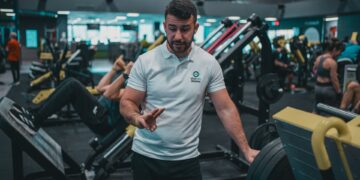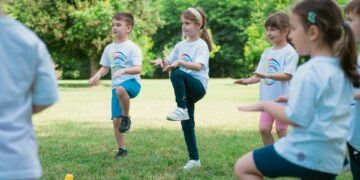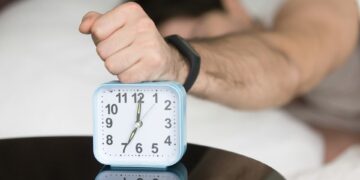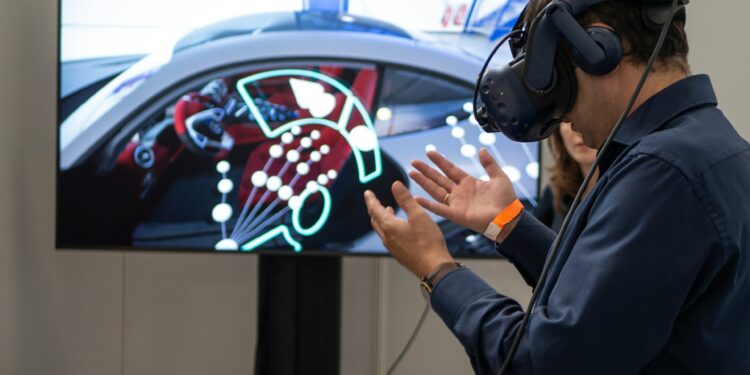It helps with regaining arm movement.
A recent analysis suggests that virtual reality (VR) training could assist stroke survivors in regaining movement in their arms. Researchers found that incorporating VR into rehabilitation programs may help patients engage in more therapy, which is a key factor in improving recovery outcomes.
According to lead researcher Kate Laver of Flinders University, using VR can be a cost-effective and stimulating method to increase therapy time without requiring constant supervision from healthcare providers. The study reviewed data from 190 clinical trials with nearly 7,200 participants, including 119 studies added since the last review in 2017.
Many of the included studies were small and utilized readily available VR technology, such as commercial gaming systems. The findings showed that VR therapy had modest benefits for improving arm function and balance, and it also helped reduce some limitations in daily activities. However, there was limited evidence showing improvement in walking speed or overall quality of life.
The researchers noted that most VR programs currently focus on general movement exercises, rather than functional skills like dressing or meal preparation. They highlighted the untapped potential of VR to recreate everyday environments, such as grocery stores or busy streets, which could enable safer practice of real-world tasks during rehabilitation.
Overall, VR therapy appears to be safe, with only a few participants reporting mild side effects like dizziness or headaches. The review encourages further development of more targeted VR therapies that support functional recovery in stroke patients.

































Discussion about this post